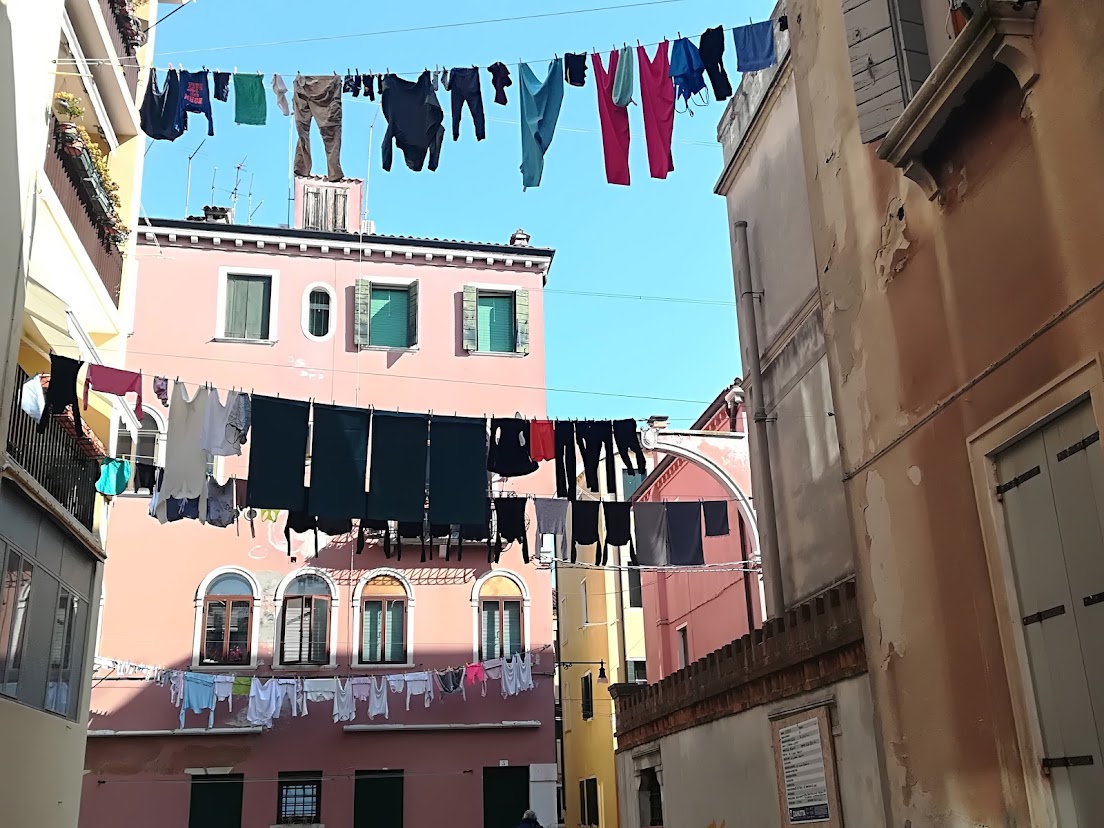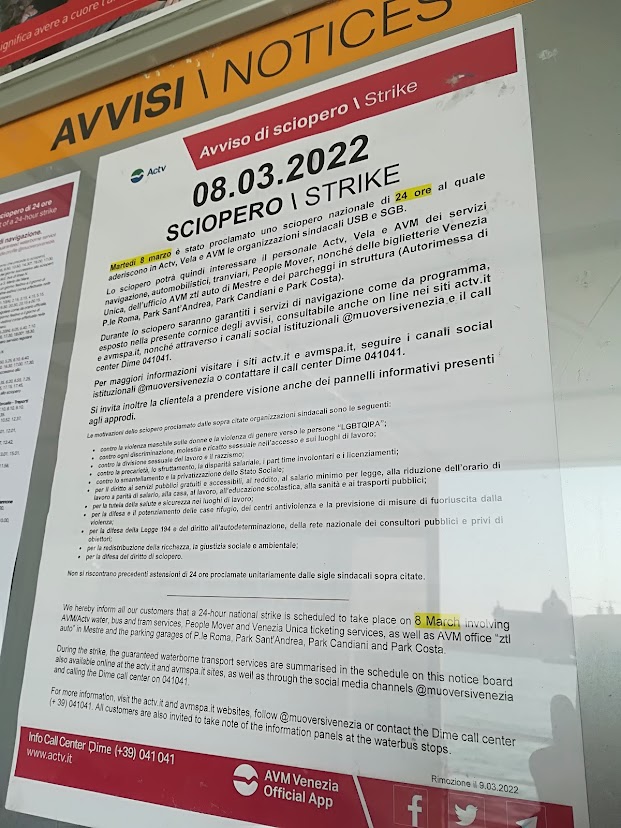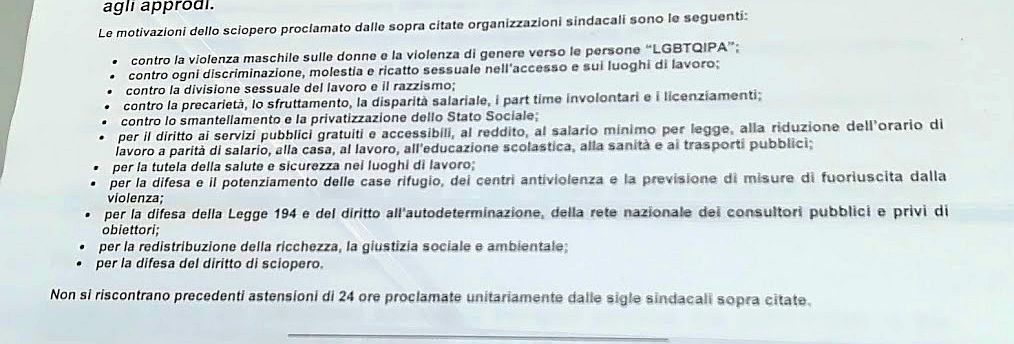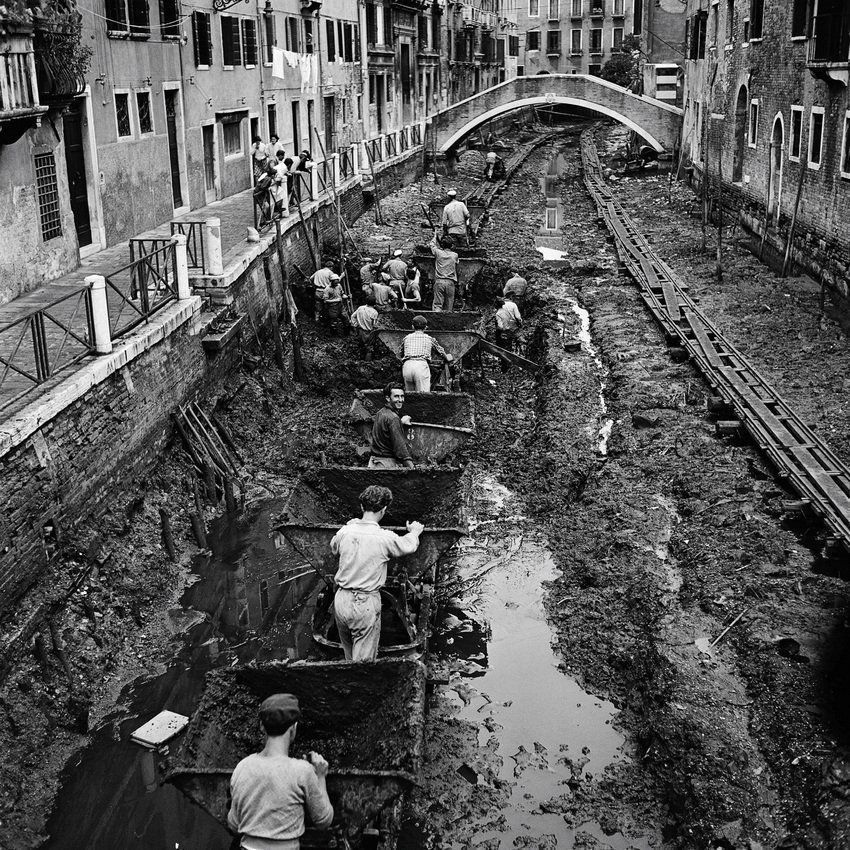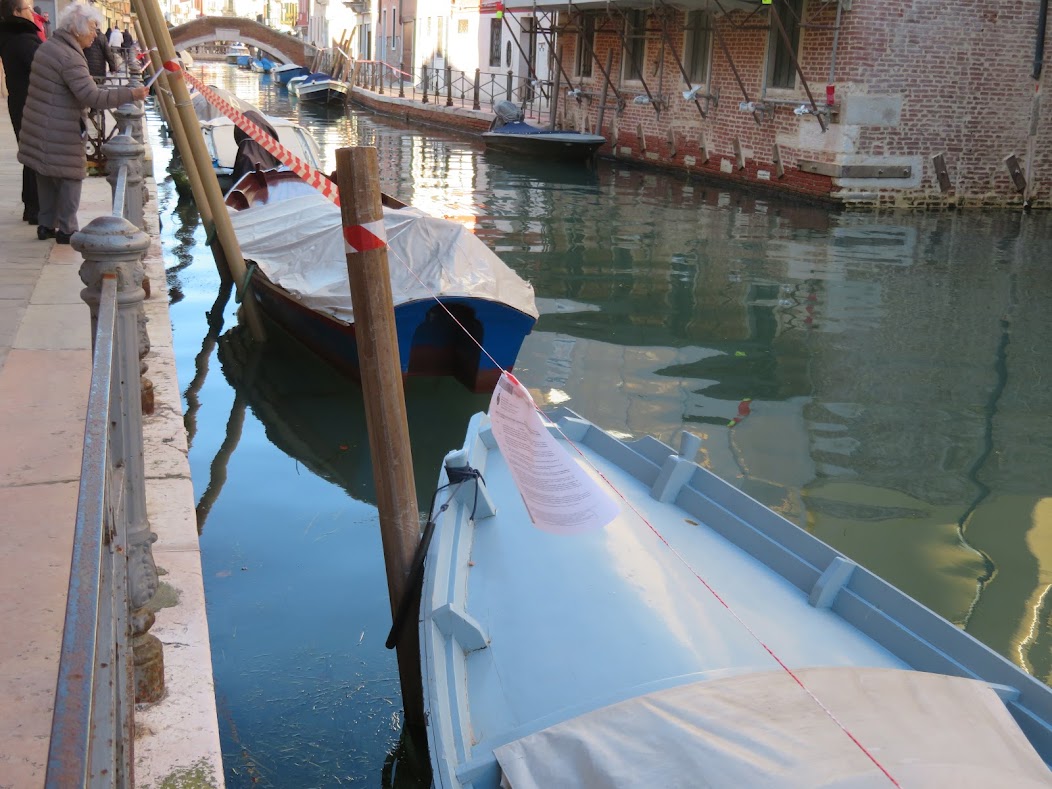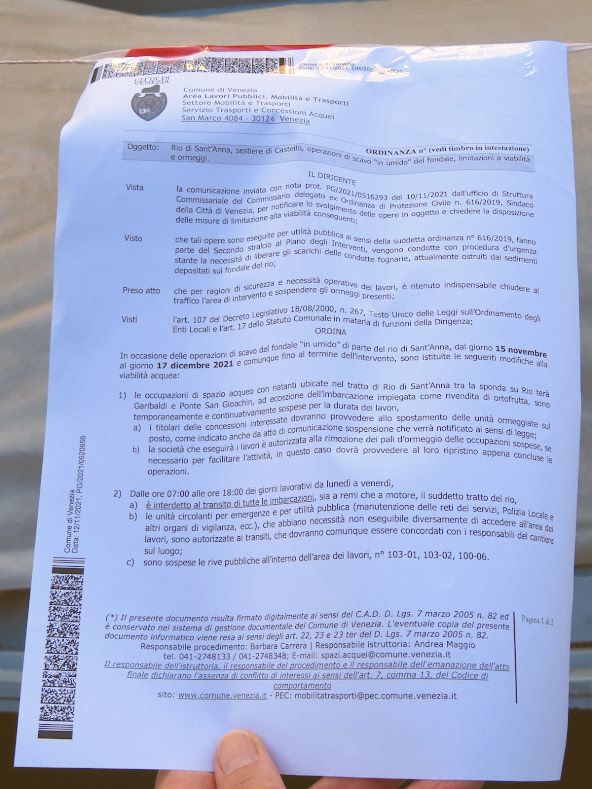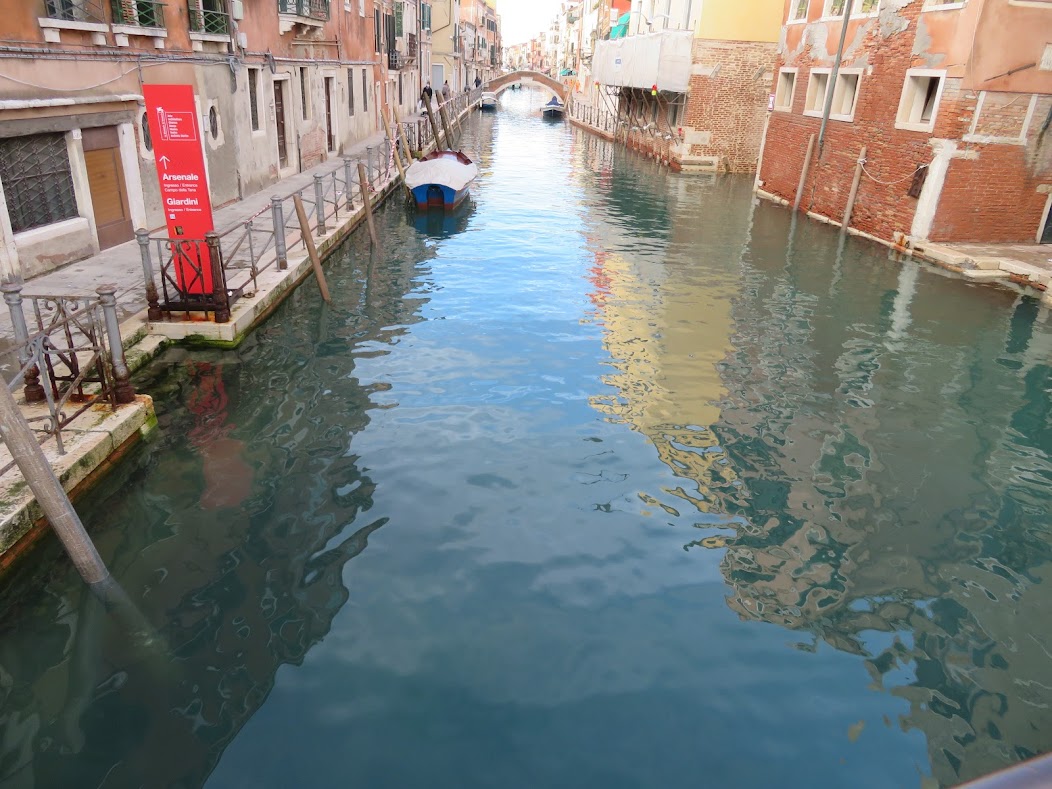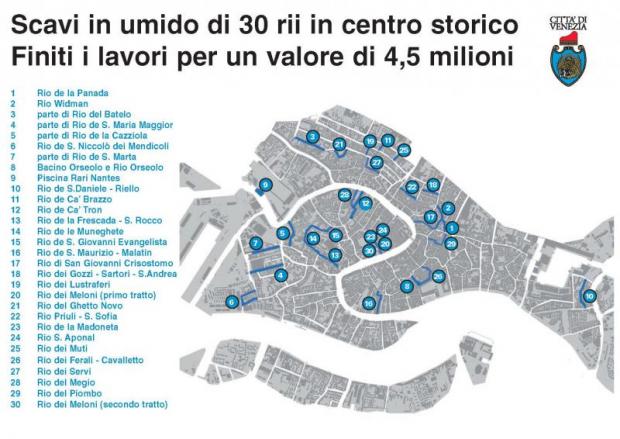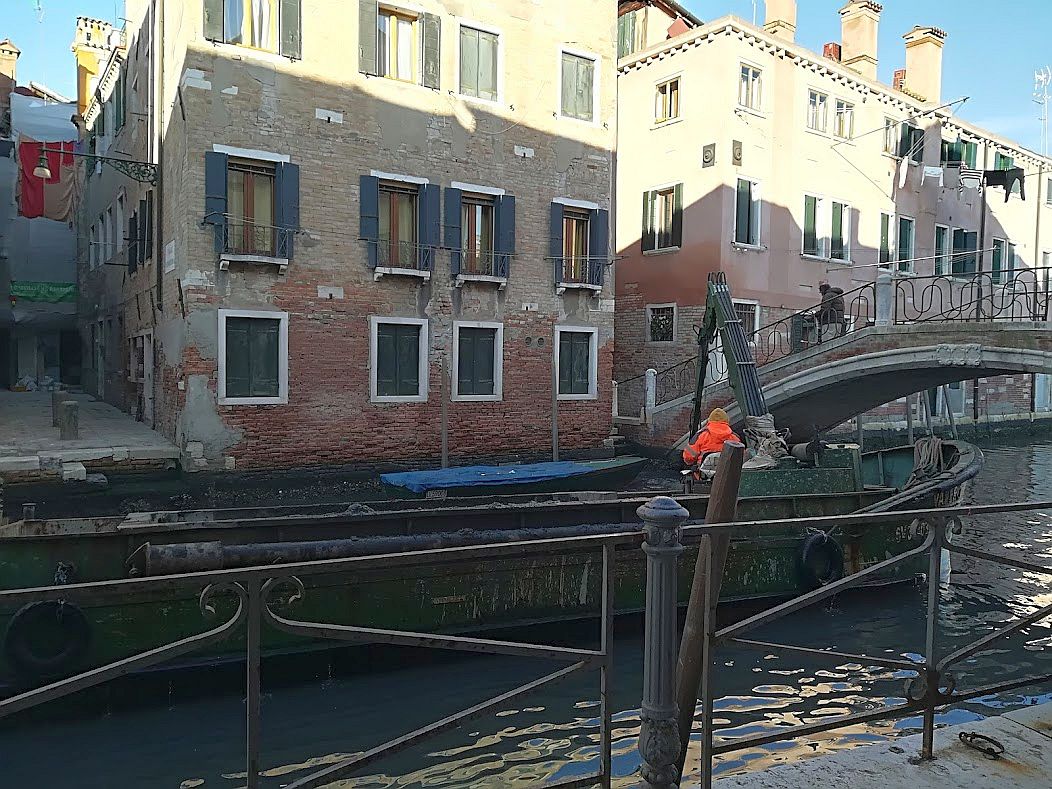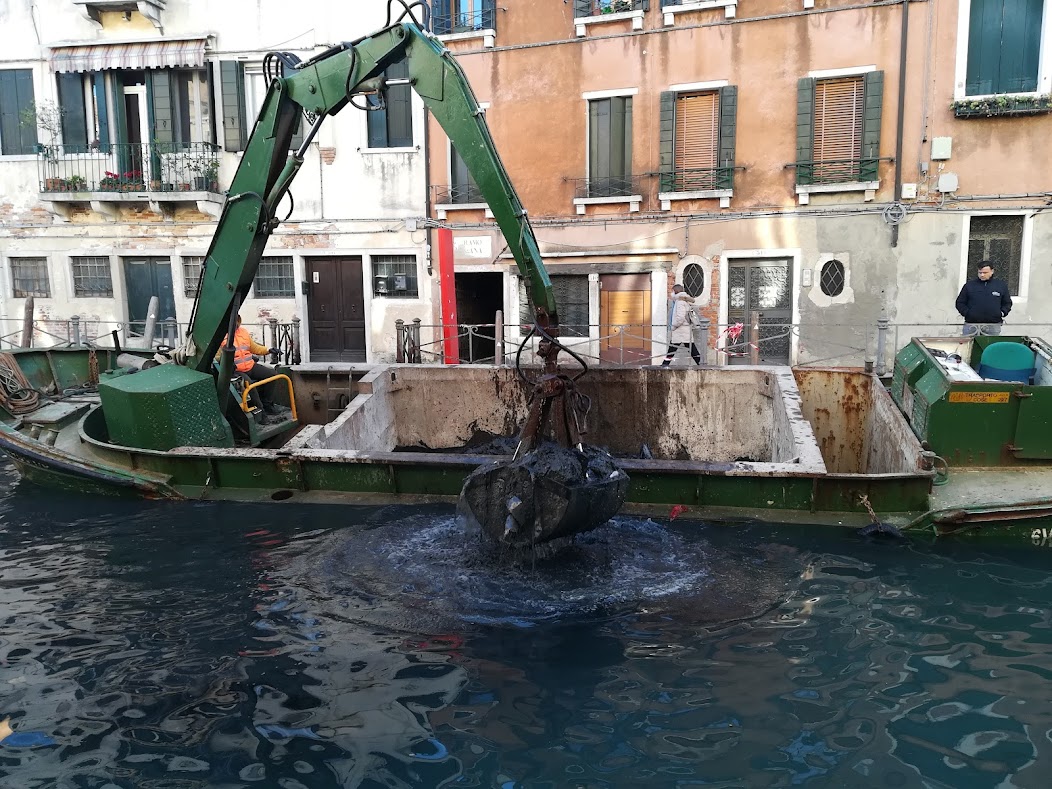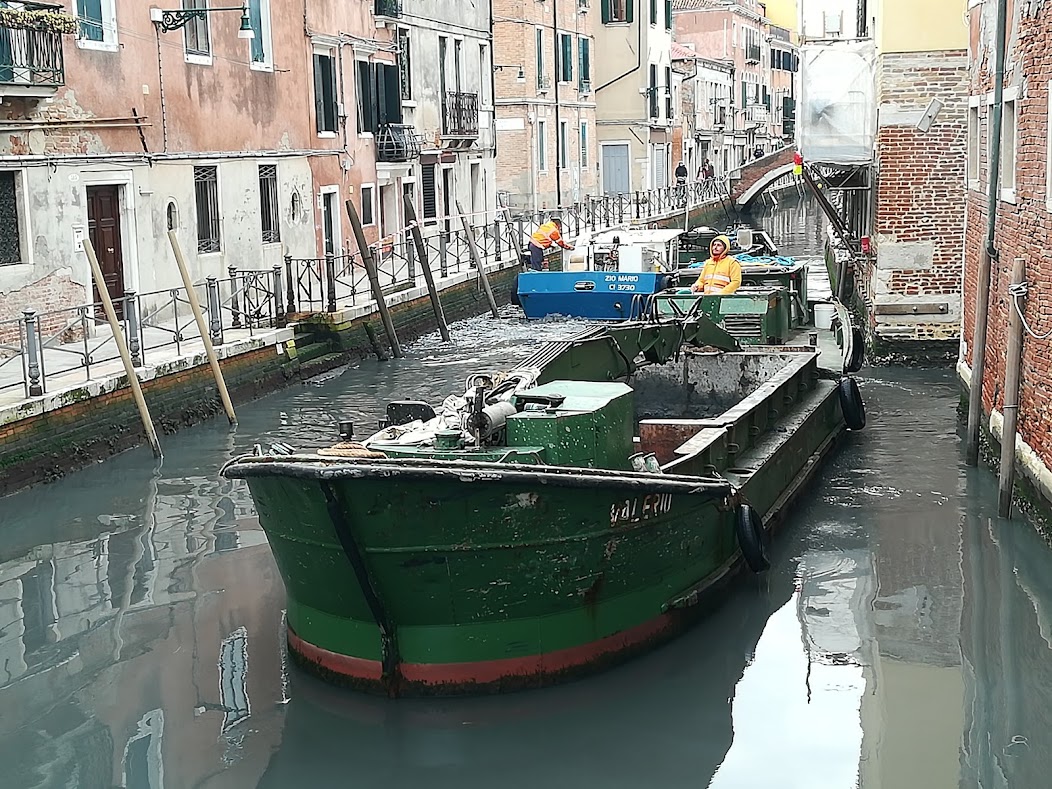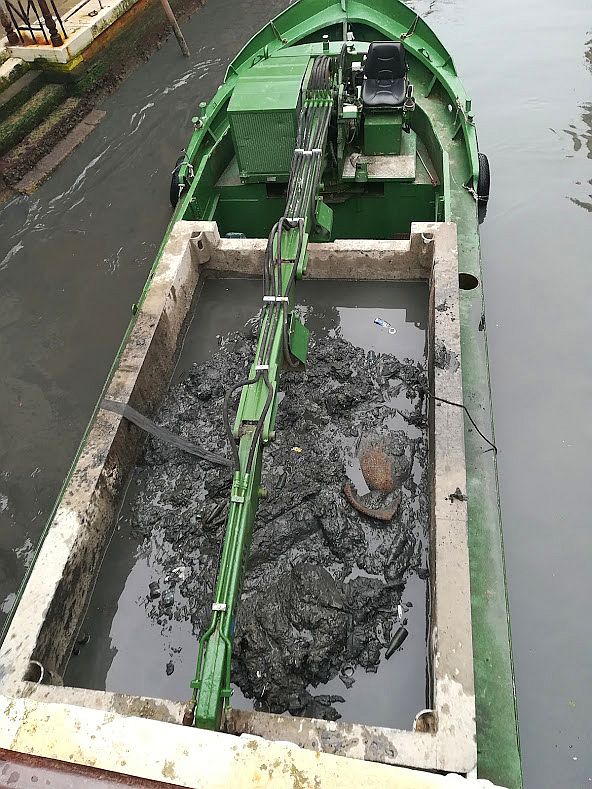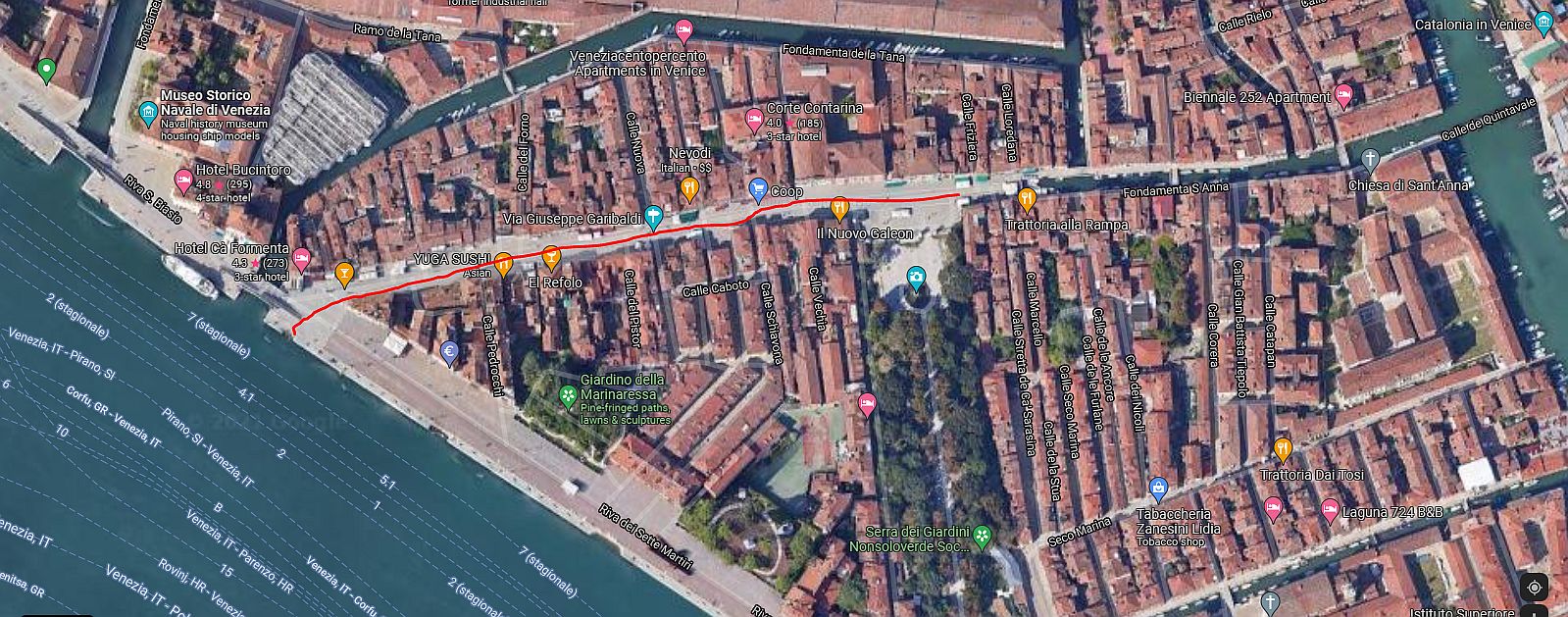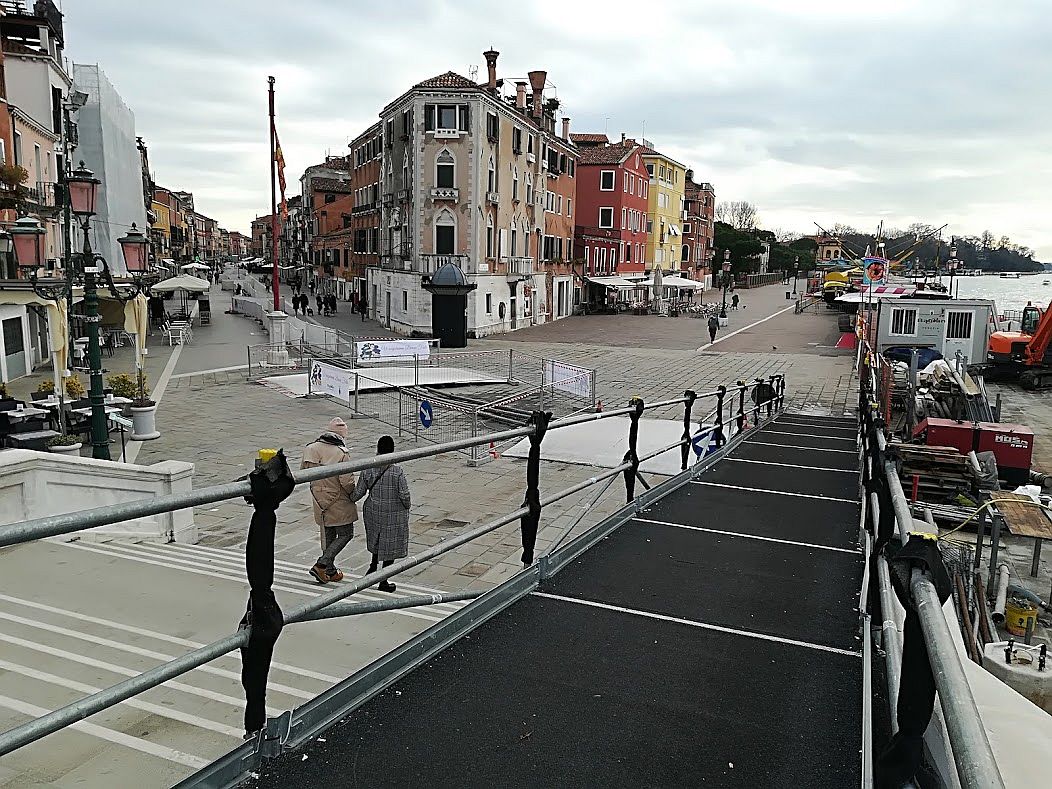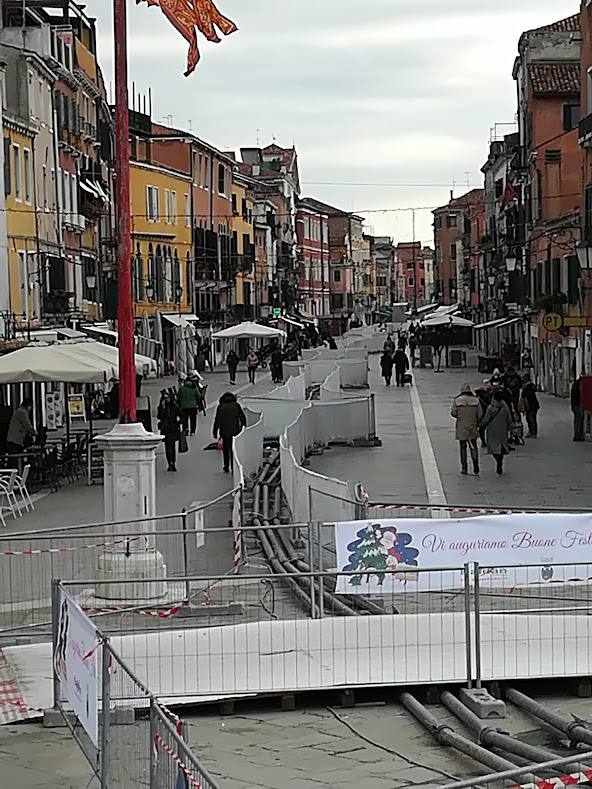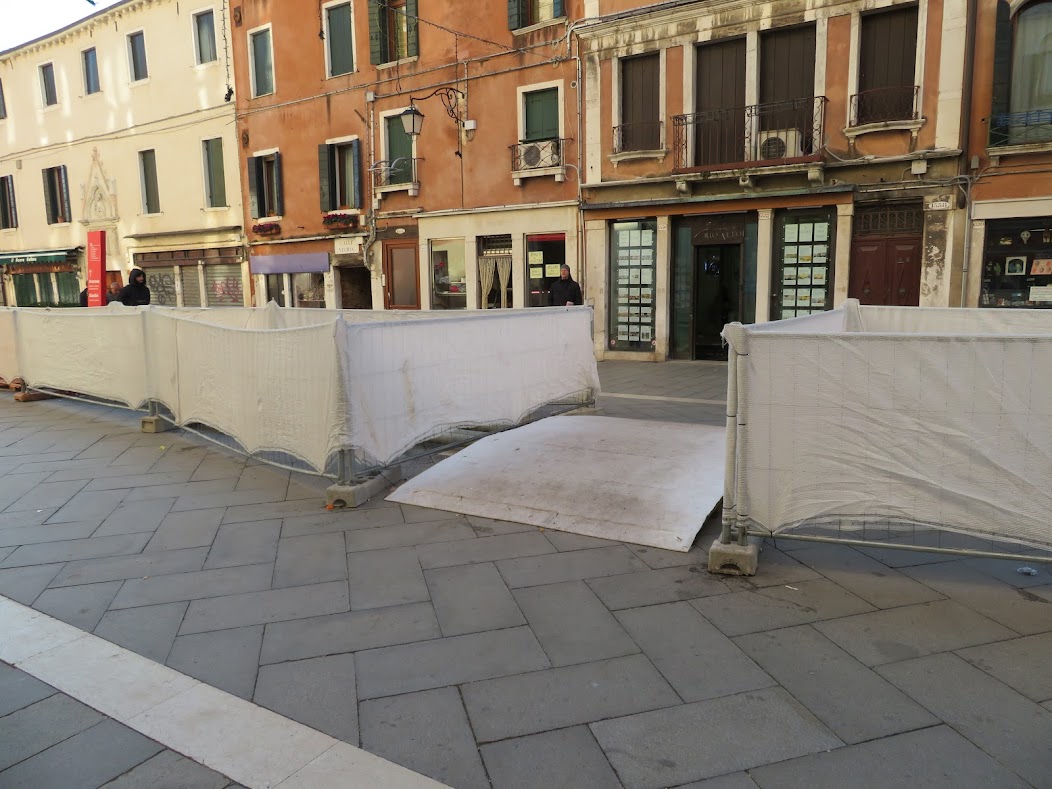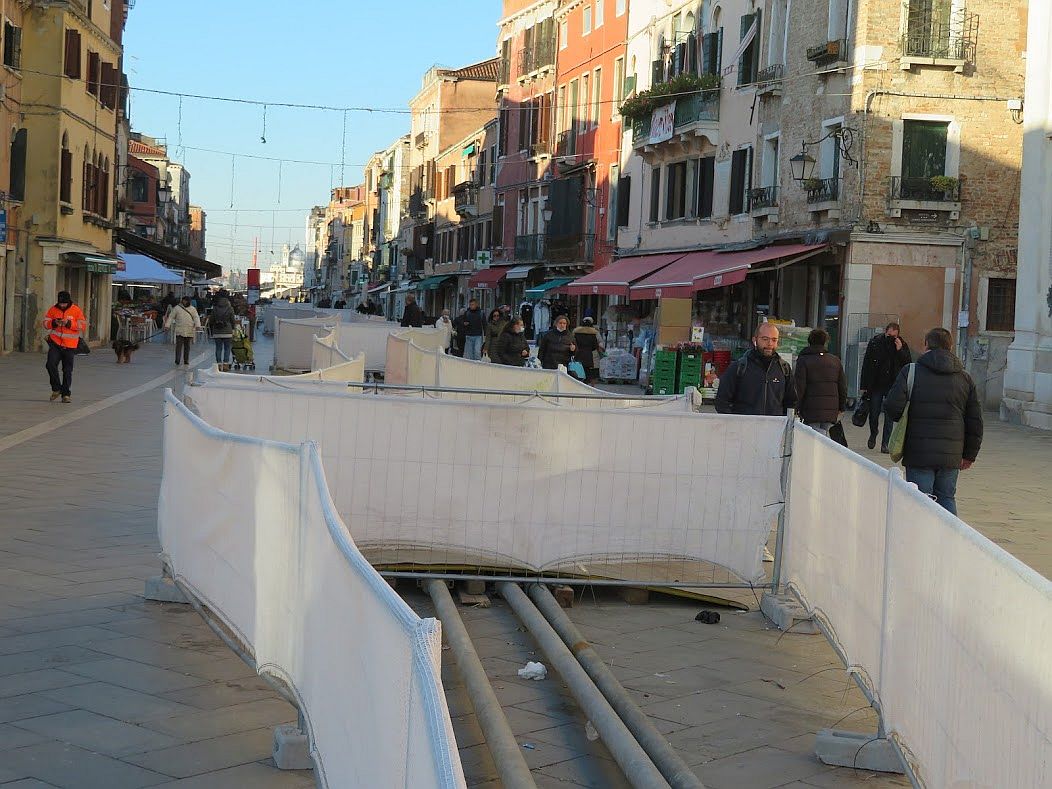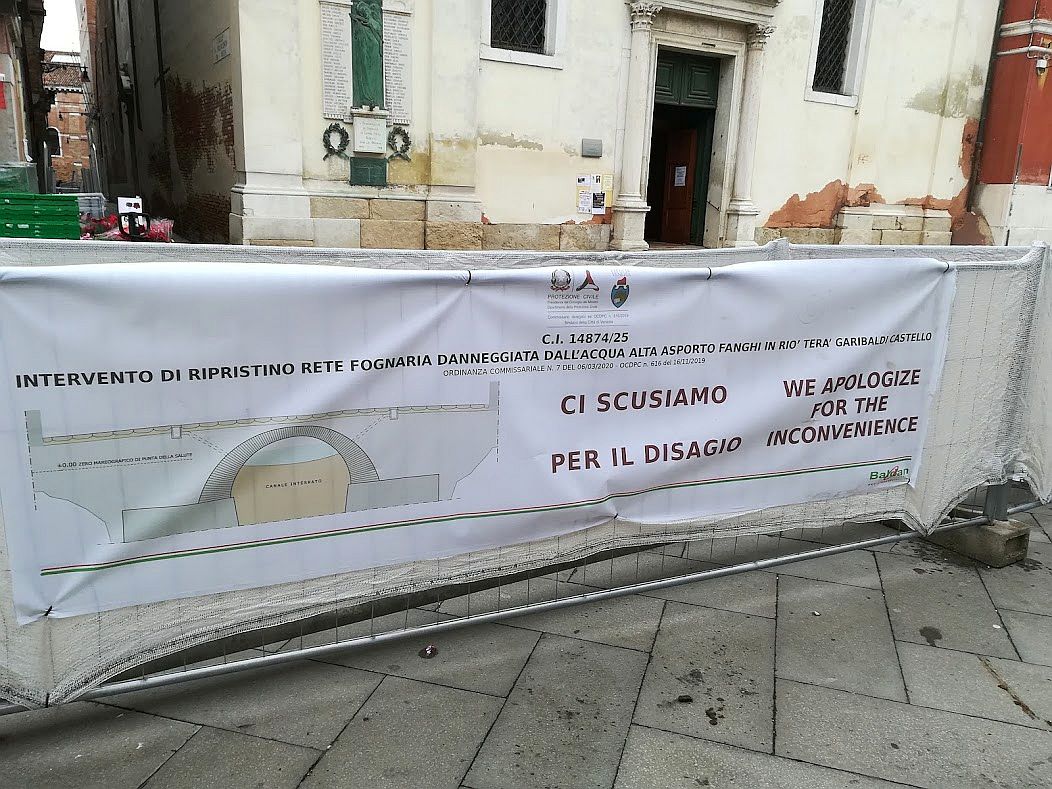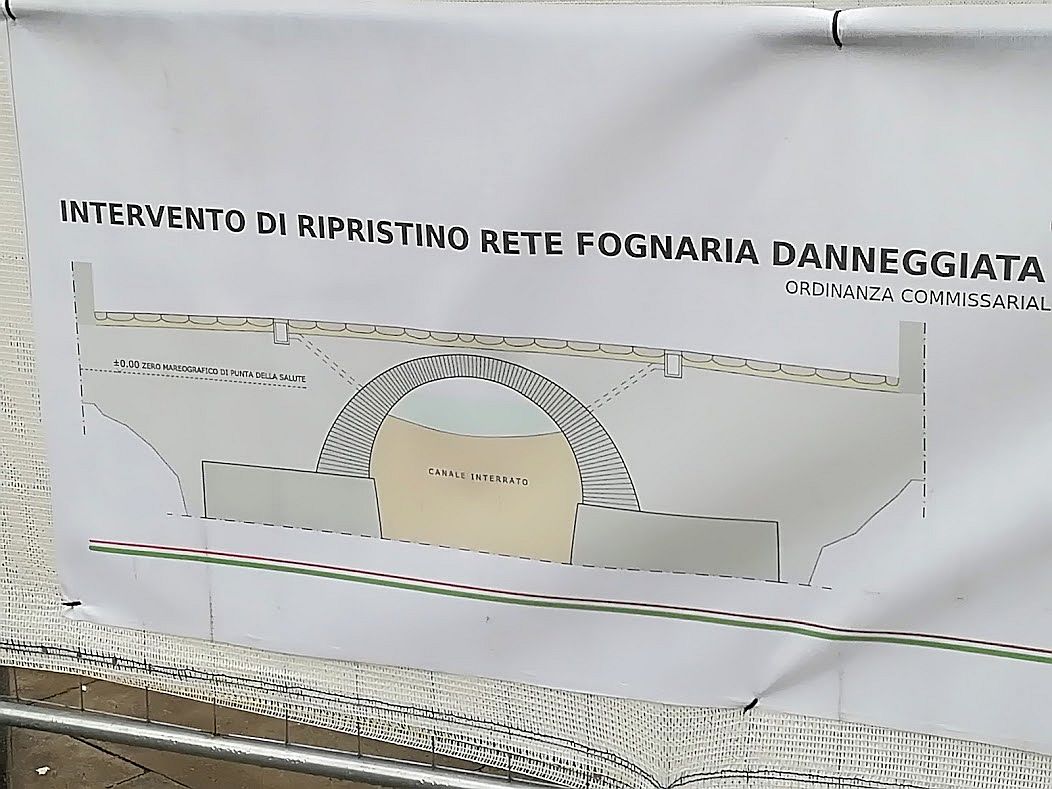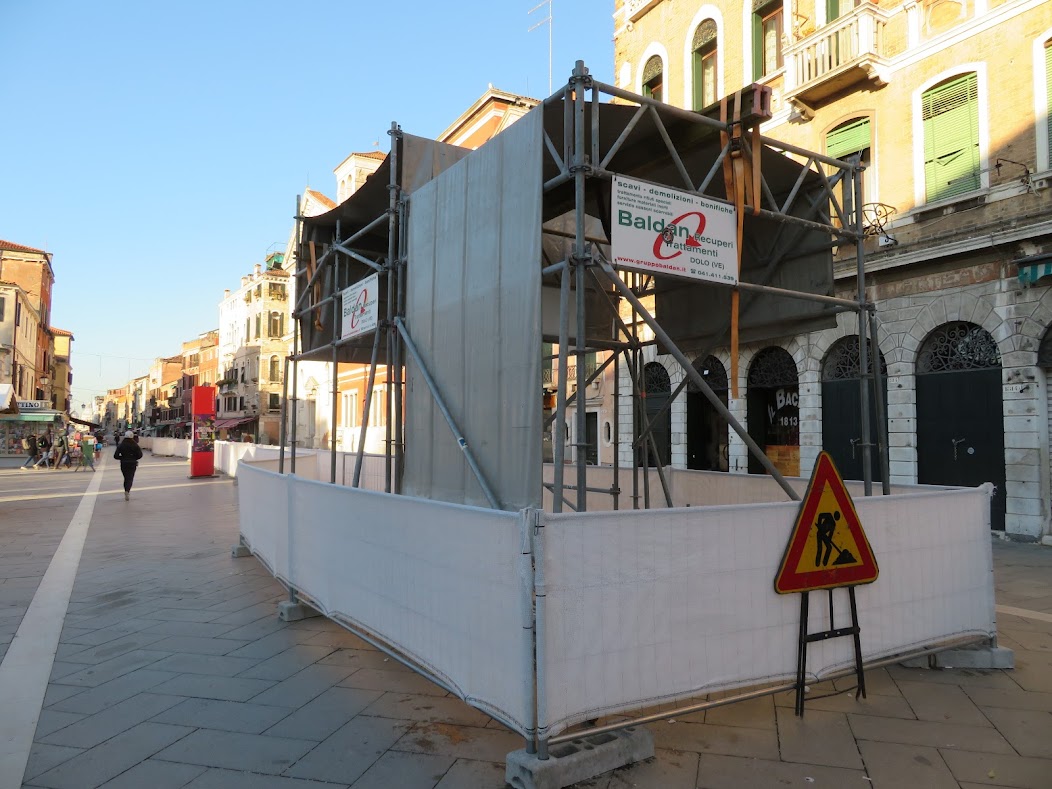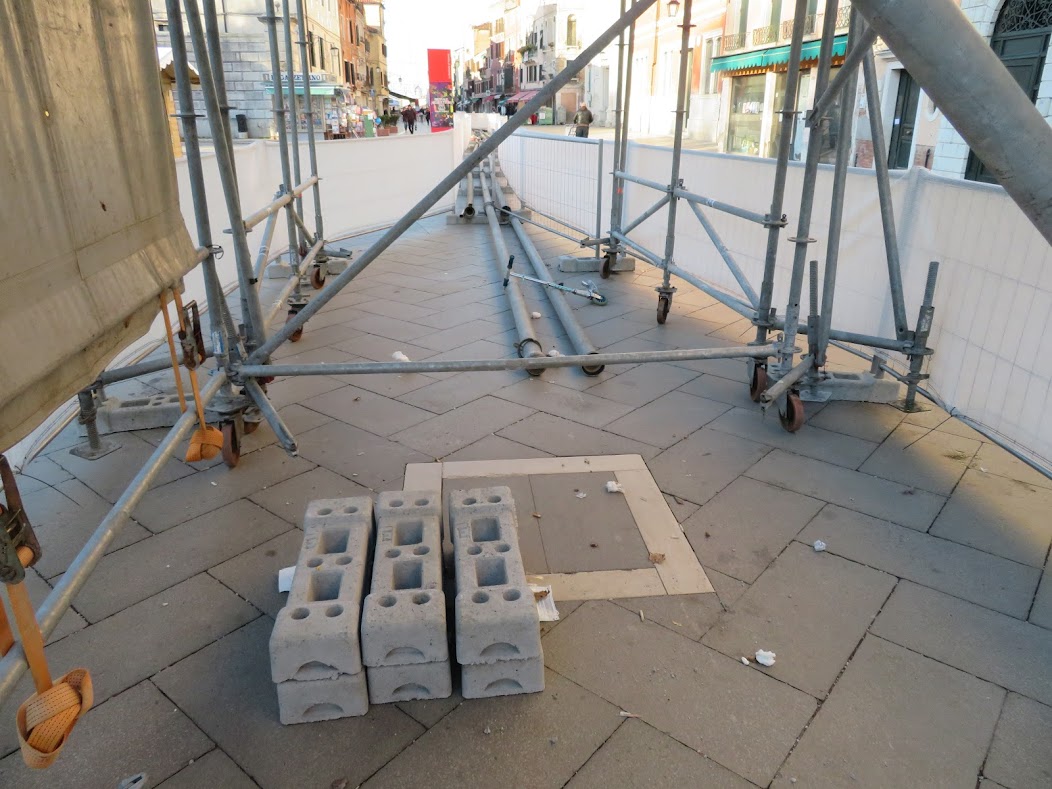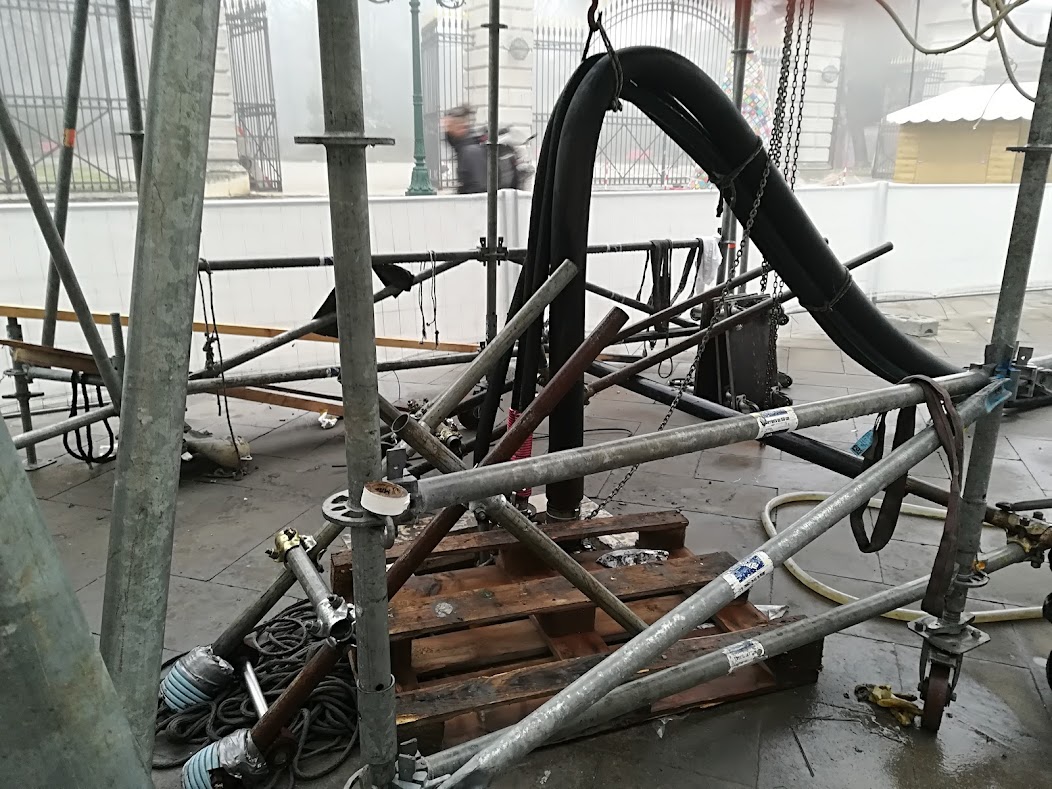
Too much is going on in the world, things that involve life and death — I’m sure you’ve noticed that — so news from Venice is almost forced to verge on the frivolous.
Of course, that doesn’t mean that here in the most-beautiful-city-in-the-world we don’t have our problems. Big ones, small ones, transient, permanent, easily resolvable if one wanted to, of all shapes and sizes and relative atomic masses. It’s very hard to keep track of them all, much less grasp their true importance. They’re all important!
Example: The imminent wedding of Jeff Bezos and Lauren Sanchez here sometime next week, by most reports. The date is being changed secretly, or something, for some reason. I think it’s to avoid protesters, a group of which has already made its views known. There are people who object to everything, and now they’ve got this wedding in their sights. I have to say that although I tend to have an opinion on almost everything, this is one subject that defeats me. Unless “Why should I care?” is an opinion.
Stay with me. As you know, those who objected to the big cruise ships passing in the bacino of San Marco to the Zona Marittima finally succeeded in banishing them. Peace, joy and tranquility has reigned, except among the 5,000 families or so who lost their employment in the managing and supplying of these ships. But fine. No ships. You’d think the protesters would be happy. You’d think.

Now Bezos and Sanchez heave to on the horizon, and millions of dollars are going to be spent here over the course of a few undefined days to get the lovebirds hitched. The “No Bezos” contingent is strenuously opposed to this. (I can understand objecting to him as him, if you like, but I can’t see why his wedding deserves dissent.) I do recall there was justifiable anger from the citizens during last year’s Film Festival, for which all of the taxis had been booked over the course of several days. All. The. Taxis. The mayor has reassured the apprehensive citizens that this would not be repeated during the nuptial festivities.
Fun Fact: The Gazzettino reports that some 80 private planes are expected to arrive for the big event. Let’s see, 200 guests divided by 80 makes 2.5 people per plane. So how are the entourages expected to get here? Or maybe the 80 planes are for the stylists and equerries and the Mistress of the Robes and the Gentlemen of the Privy Chamber and the Master of the Revels and the rest of the swarm? The happy soon-to-be-newlyweds may well be ensconced on Bezos’ 500-million-dollar yacht, which is already here.
Now the objectors are clamoring against the luxury yachts. A number of luxury yachts are also expected — just look at (or imagine) the guest list. But ever since Covid hardly any big yachts stop by anymore. The Riva degli Schiavoni used to be lined with them, but only a few have tentatively returned, briefly. But the protesters are in full sail. First it was No Big Ships! Now it’s No Yachts! Jeez, people. Are you against literally everything?
I love the yachts, I’ll just say it. I could bury you with photos I’ve made. Here’s some more atmosphere:
So you get the idea. Maybe these yachts make you want to protest; I could easily protest that I don’t have one, but I can’t figure out how to object to you having one. Still, it seems clear that the world is in big trouble whether or not the yachts and/or their oligarchs/celebrities come to Venice or anywhere else. So in whatever time is left to us in the apocalyptic period we’re going through, it seems to me that serious complaints should not be wasted on yachts. By all means get out your bedsheets and markers but I hope you won’t be writing “No Yachts.” Because a real oligarch will just get something else, and it still won’t be yours.




But this is just temporary tumult. They’ll be here, with their military security personnel blocking off streets and canals — it will be annoying as all get-out even while the couple assures everybody that they love Venice. But it won’t last long and then it’ll be over.
Moving on! Let’s talk about trees instead. They’ve suddenly become more important than yachts because of a tragedy that struck at Piazzale Roma, a place more banal than which it would be difficult to find. But tragedies — or in this case, trees — don’t have much awareness of banality.

I doubt any visitors have given much thought to Venice, City of Trees, but on June 2 a majestic holm oak at Piazzale Roma was heard creaking (wind was not exceptional that afternoon) and then it suddenly keeled over onto a group of 12 people who were hanging around. Two of the victims were seriously injured, one of them a woman with a fractured spine.
June 2 is a national holiday, so of course there were plenty of people everywhere. But it was also the wedding day (weddings again) of a couple waiting at Palazzo Cavalli for their guests to arrive. Some of the tree’s victims had been heading to the ceremony, which was naturally called off.
So now the city is frantically monitoring the trees and in the Giardini, and undoubtedly elsewhere, we see stumps and cut-up branches waiting to be taken away. But hold on: Some concerned citizens are objecting to all this. They maintain that suddenly the trees are in at least as much danger as the people who walk near them.
Of course it’s wrong to leave trees wobbling with fungus-ridden roots (one hypothesis for the disaster), but there is a case being made that it is just as wrong to remove trees that, according to a new group of protesters, never showed the smallest defect. Obviously we don’t want trees that are going to fall on us, but which ones are we saving? Are honest, law-abiding, tax-paying trees going to be sacrificed because of a few rotten ones? That’s what it looks like to those who are now protesting what suddenly appears to be the the wholesale slaughter of Venetian trees. A group has formed, of course, and the other evening on the Giudecca I passed a table set up by persons collecting signatures on a petition entitled “Save the Trees.”
If Venice is now in the hands of lumberjacks working overtime, all I can say is that clearly it was long past time to have checked the condition of the city’s trees and the city should be ashamed. And I’m sorry that people had to suffer in order for this admittedly pretty important task to finally get bumped way up near the top of the city’s “DO TODAY ASAP URGENT PRIORITY” to-do list.







Some protests, however, are about things that are more important than weddings and forestry. I’m thinking about the proposed re-routing of the 4.1 and 4.2 vaporettos. There are two objections to this notion. One is convenience (sudden lack of), and the other is probable damage to the fondamente of the Arsenal canal. Plenty of people are now up in arms and collecting signatures against this potential change.
This route used to exist; I remember passing this way back in the mid-Eighties — it was convenient and a heck of a way to see a glimpse of the city that’s closed to the public.
But then it was decided to send the boats the long way around Sant’ Elena on their path from the Arsenale stop to the Fondamente Nove, as a clear and wonderful service to the semi-isolated residents of the area who needed more than just one line.
But no longer. The residents of farthest Castello and their needs/desires have dropped off the list of municipal priorities (I’m beginning to wonder if there even is such a list), and the people aren’t happy. Yes, the 5.1 and 5.2 will continue to serve San Pietro di Castello, but there is also that pervasive sensation that tourists take precedence over the locals (let’s speed up the trip to Murano and not waste time going around the touristic dead-end of Sant’ Elena). And, as I say, there’s also the likelihood that waves will damage the walls of the canal, which somebody ought to be thinking about in whatever time is left over from felling lumber.






In conclusion, let me bring up a genuine problem. There is a desperate need to find and keep enough family doctors to care for the admittedly dwindling population. They are called “medici di base,” or basic doctors, and under the national health system you have to have one. Whatever procedure you may require has to start with an official request (I call it a work order) from your assigned doctor, and some doctors have up to 1,000 assigned patients. The older doctors retire, the younger doctors don’t stick around. You can wake up and find yourself literally without an assigned doctor, it has happened to us more than once. This will never make international, news (celebrity weddings are so much more engrossing), but I can assure you it’s one of the most important problems that eastern Castello, if not Venetians everywhere, is worried about.
A few days ago a big public meeting was held in via Garibaldi at which various citizens’ groups expressed their complaints — and not for the first time — to assorted official representatives (politicians and representatives of the health system). Their thoughts were clear from the home-made banners, and I expect that these banners are stored close at hand for the next inevitable outcry from the struggling locals. Note: AULSS stands for Azienda Unita’ Locale Socio Sanitaria, or Unified Local Social Health Agency. Venice’s section is #3.

I sometimes think the city is just waiting us out, considering that the population is falling by 1,500 per year.
So problems! There are plenty to choose from, and these aren’t even all of them. I’m beginning to suspect that the city government has become desensitized. Maybe all this is just background noise to them by now.
Meanwhile, all these annoying little issues will be swamped for the next week by the drama and glamor of Bezos/Sanchez. We should be glad of a little change of pace?













